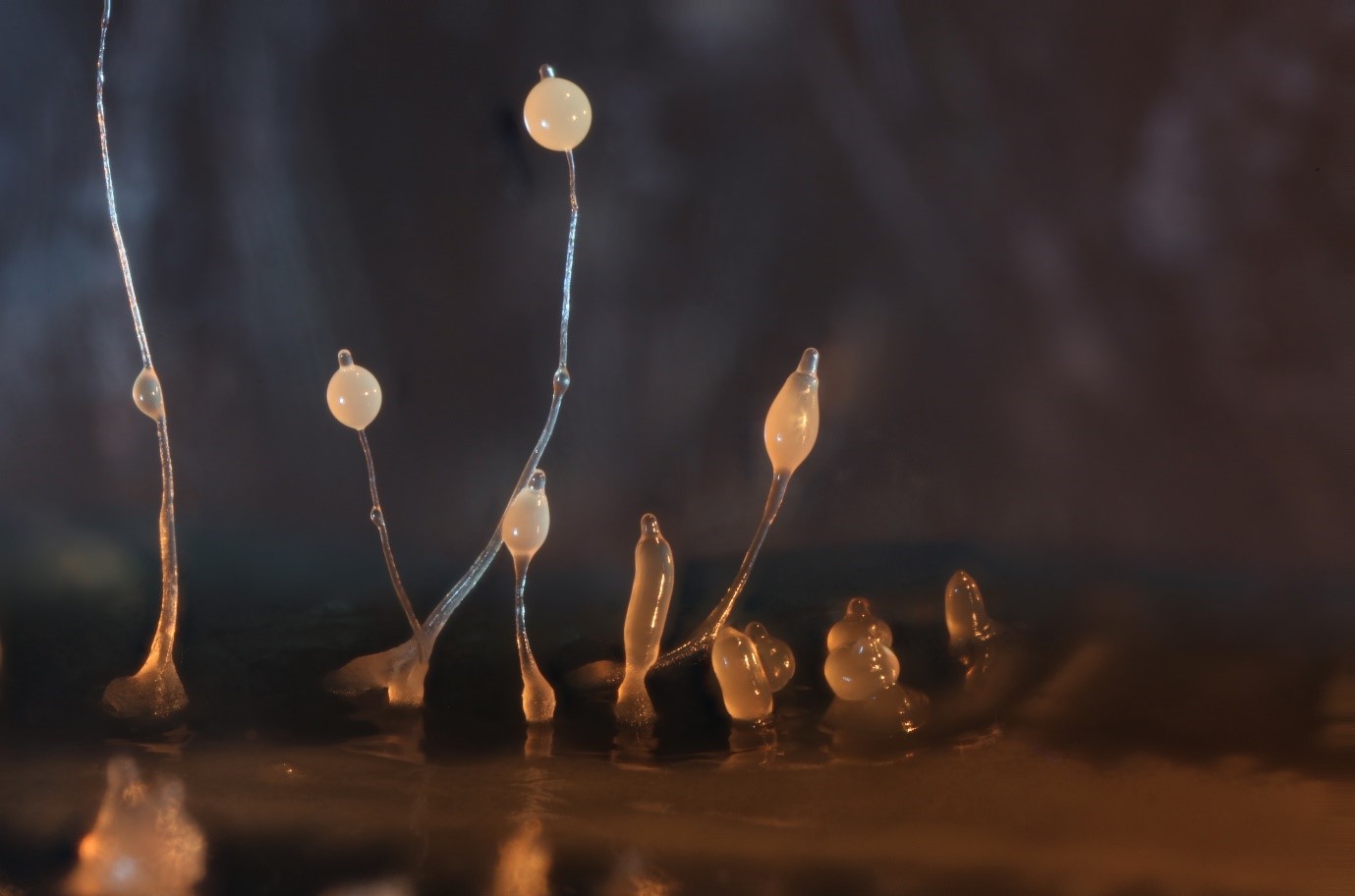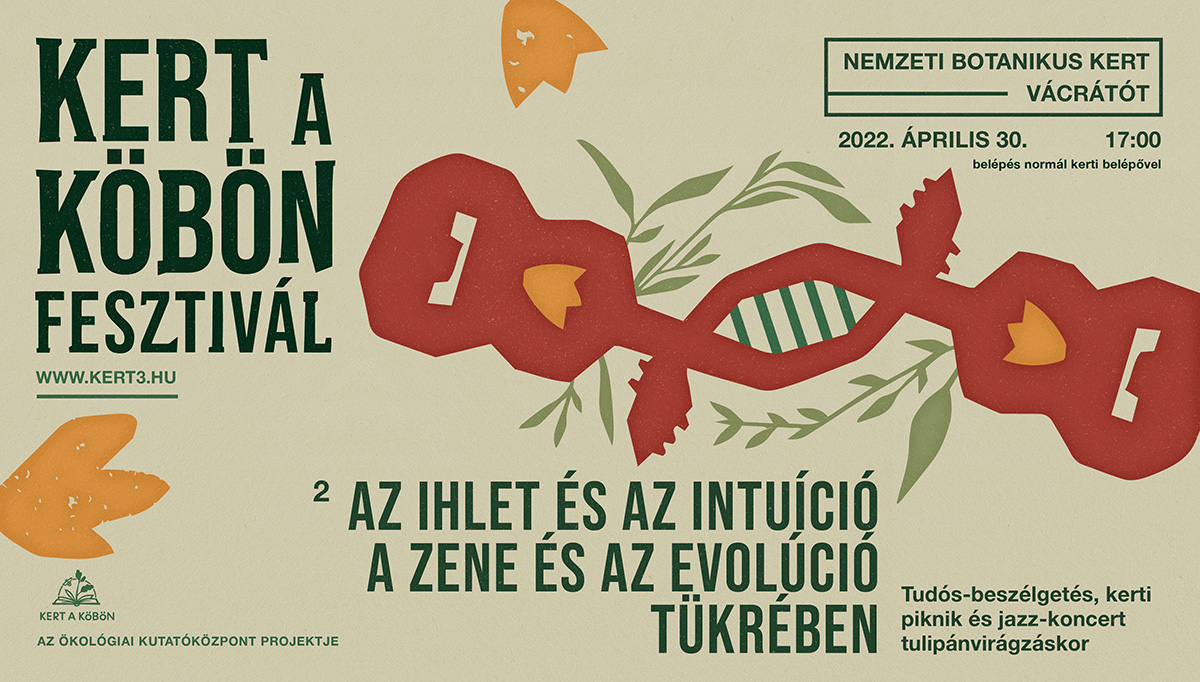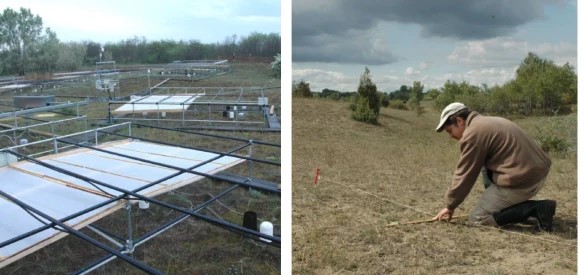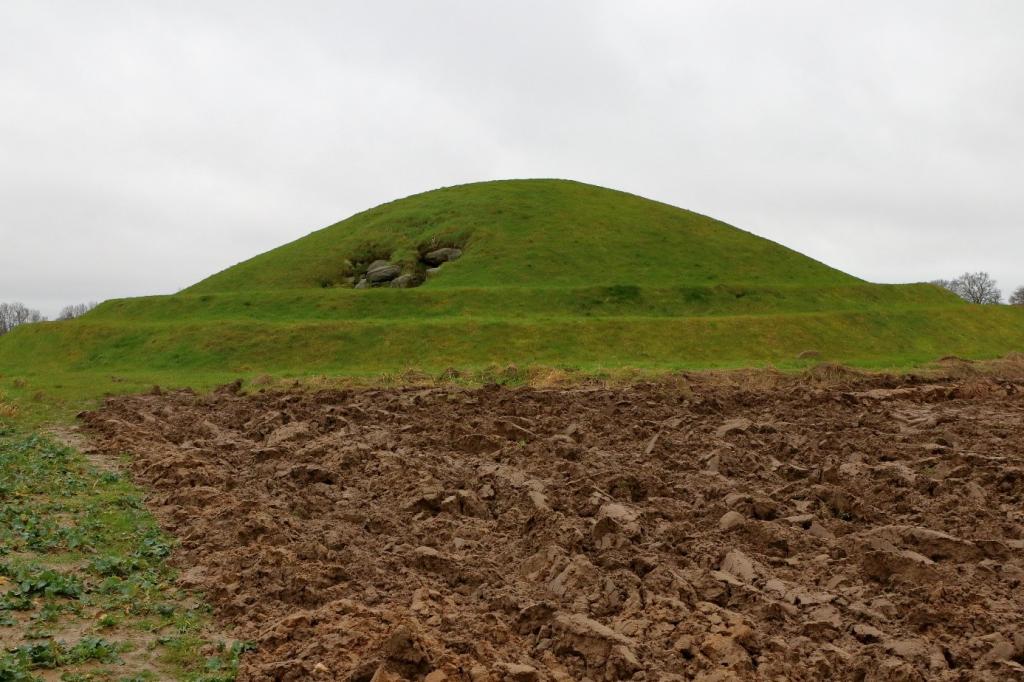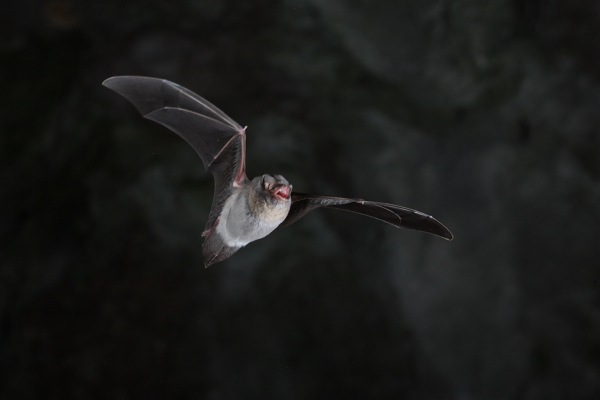HUN-REN Centre for Ecological Research (CER) is looking to hire a Postdoctoral Researcher for 18 months (with a possibility of continuation) to work on invasion biology as a part of the Invasion Biology Division (IBD) of the National Laboratory for Health Security.
BACKGROUND:
The establishment and expansion of non-native species is one of the great challenges of our time. Invasive alien species are one of the major drivers of biodiversity loss, which generally negatively affect the economy and human health. The Invasion Biology Division (one of the four pillars of the National Laboratory of Health Security, https://www.eglab.hu/en/) aims to understand the ecological causes and consequences of the establishment and spread of invasive species through a unified approach. Our main goals are to understand the invasion processes, explore its ecological, social and economic consequences, and develop methods of prediction and control based on scientific evidence.
OUR WORK:
Invasion Biology Division (https://invaziobiologia.hu/en/mission/) covers all aspects of invasion biology research with a focus on a broad spectrum of animal and plant taxa. We aim to document and continuously monitor invasion and spread of various target species that play a key role in conservation, economic or social terms by applying various methods, e.g. citizen science mapping, field sampling, taxonomic identification, genetic screening, meta-analysis. We intend to reveal the causes behind the success of invasive species by studying the morphological, physiological and life-history traits and invasion pathways. The Division also aims to explore the ecological, social and economic impacts of invasion, predict invasion processes, and test and develop methods for practical control of invasions.
JOB DESCRIPTIONS:
We are looking for an applicant with a solid background in ecology who demonstrates interest in the research fields of Invasion Biology Division and is keen to work on any of the studied model organisms (see the research topics of different working groups at https://invaziobiologia.hu/en/research-groups/)
Ideally, we expect the candidate to work on her/his own (but with the ability to communicate effectively as a member of a team), and could bring novel concepts/expertise within the research project. As a formal qualification, the candidate must hold a PhD degree (or equivalent), and a considerable publication record.
Salary range will be subject to further negotiations and will depend on professional experience of the candidate as well as on the requirements of the National Laboratory program in Hungary.
The postdoc will be based at the CER (https://ecolres.hun-ren.hu/en), Hungary’s largest ecology and evolution institute, with more than 200 researchers and a diverse array of research topics. The research program is incorporated into a larger National Laboratory platform that establishes strong collaborations with sixteen research institutes along the One Health concept. The postdoc will work in Budapest or in Vácrátót (a beautiful botanical garden) and will interact with members of the other research groups and institutes, but we offer high flexibility with regard to the working routine.
To apply, please just send an email to kiss.orsolya@ecolres.hu with the following pdf documents as attachments: CV (max 2 pages), cover letter specifying the applicant’s motivations (max 1 page), one or max two recommendations suggested. All applications, irrespective of age, gender, disability, race, religion or ethnic background, are welcome. The deadline for applications is 30/06/2024
László Zsolt Garamszegi
Project leader (IBD)
Director general (CER)


